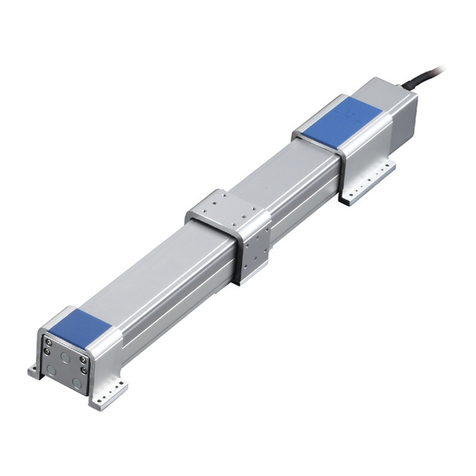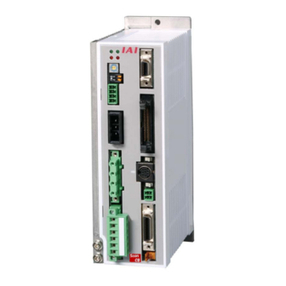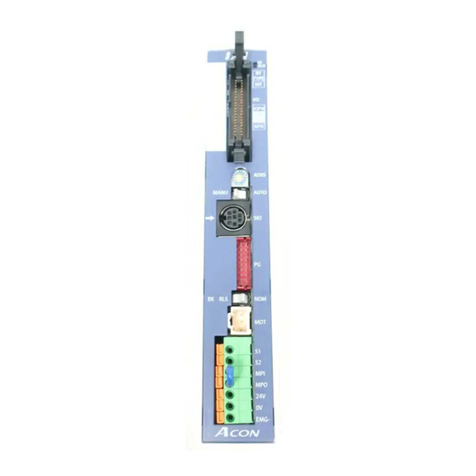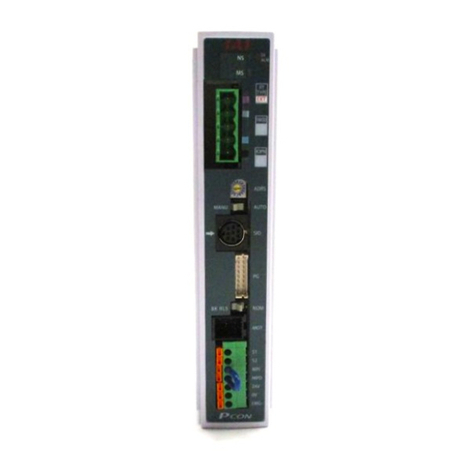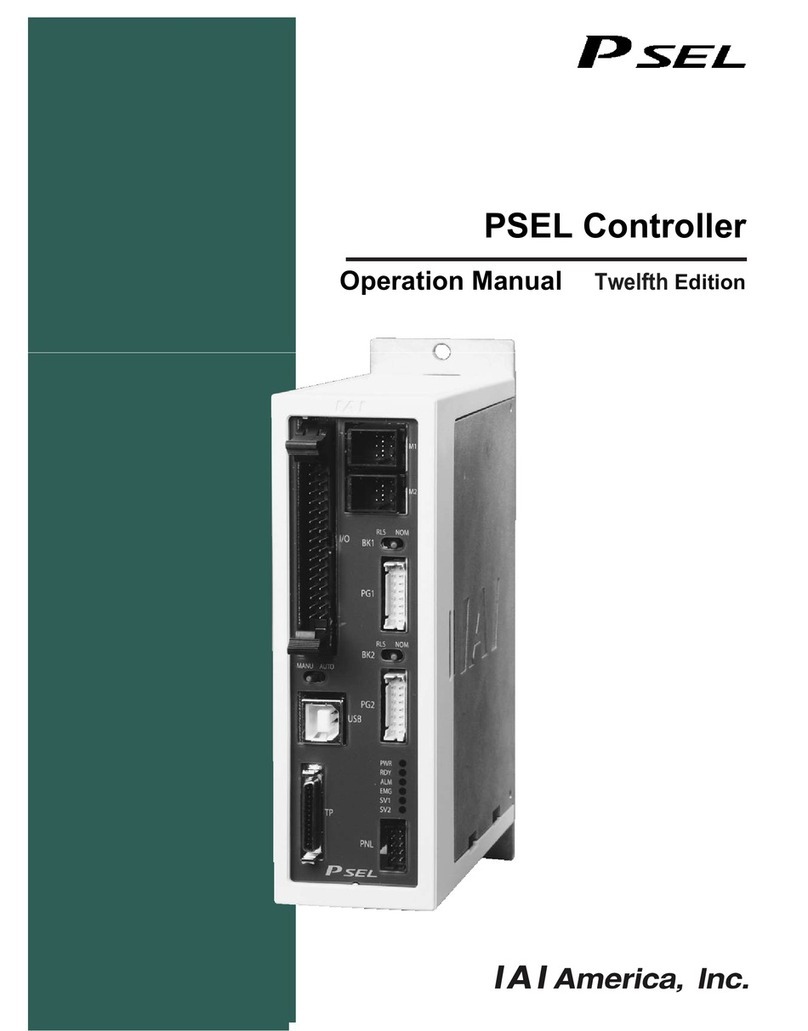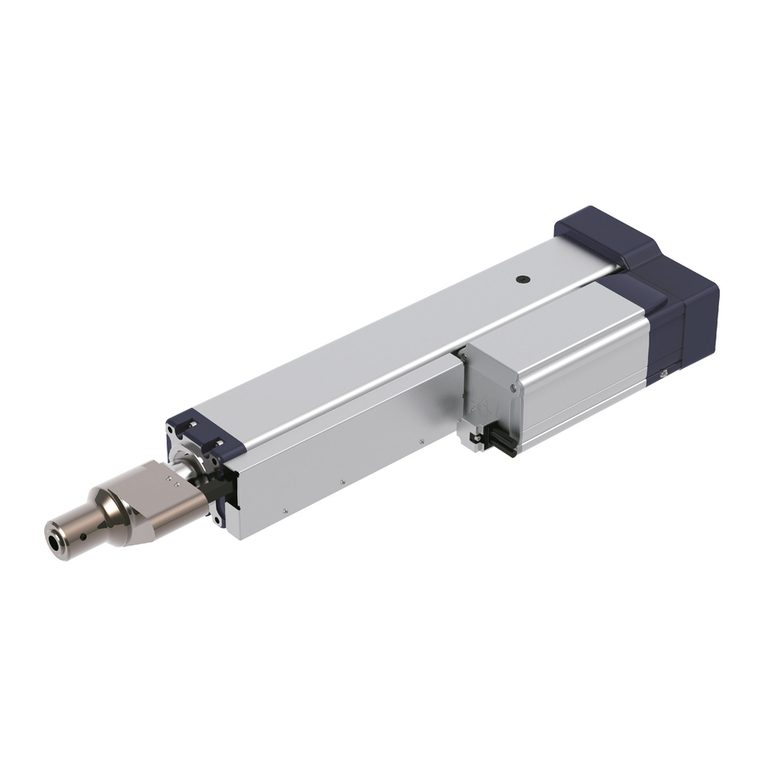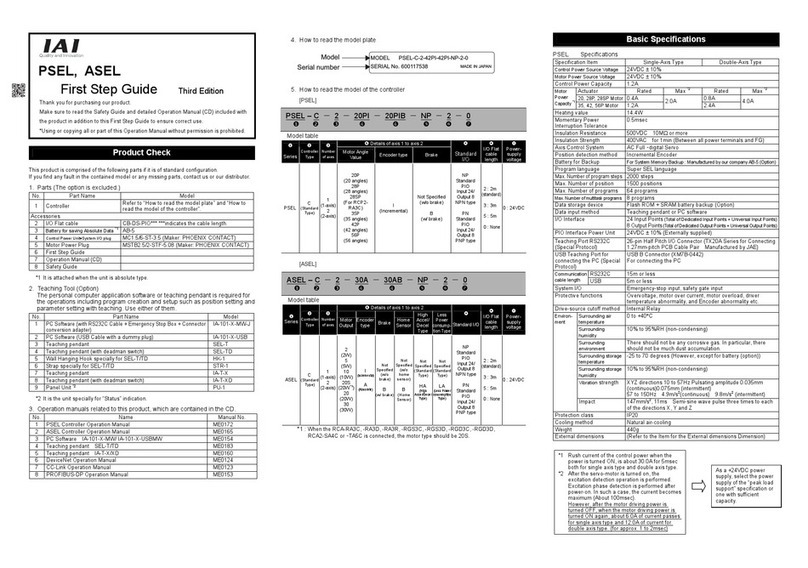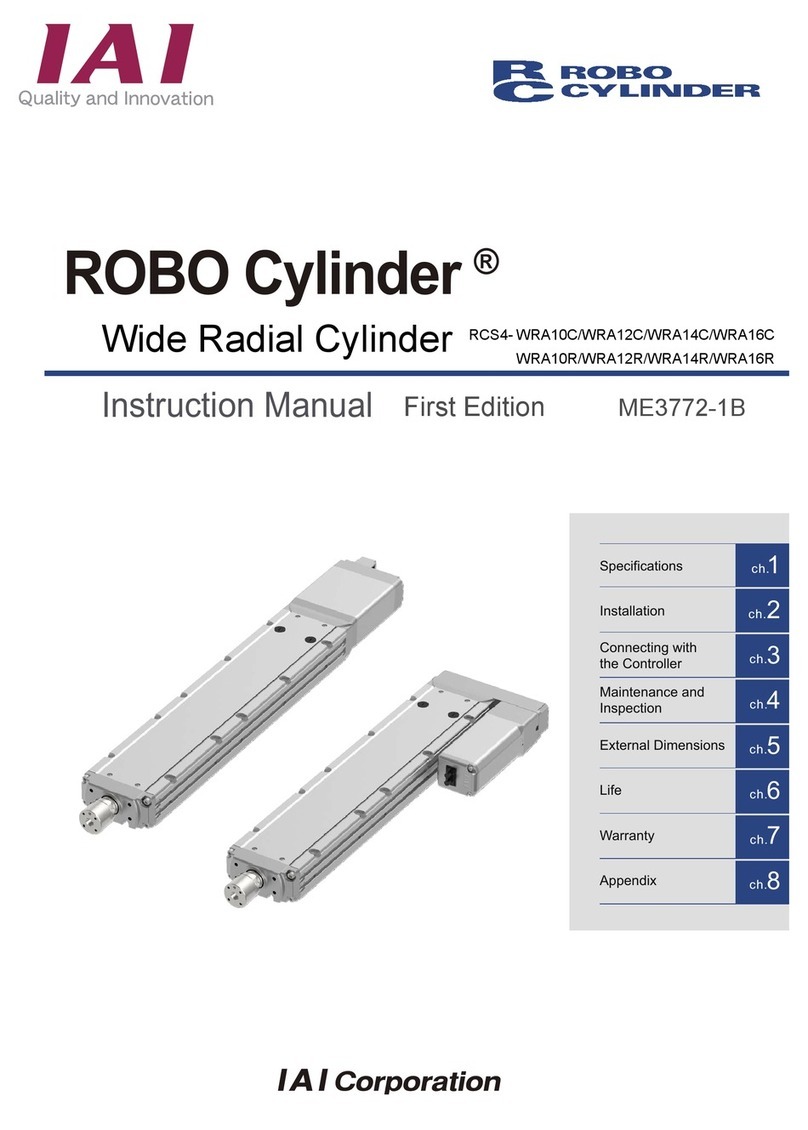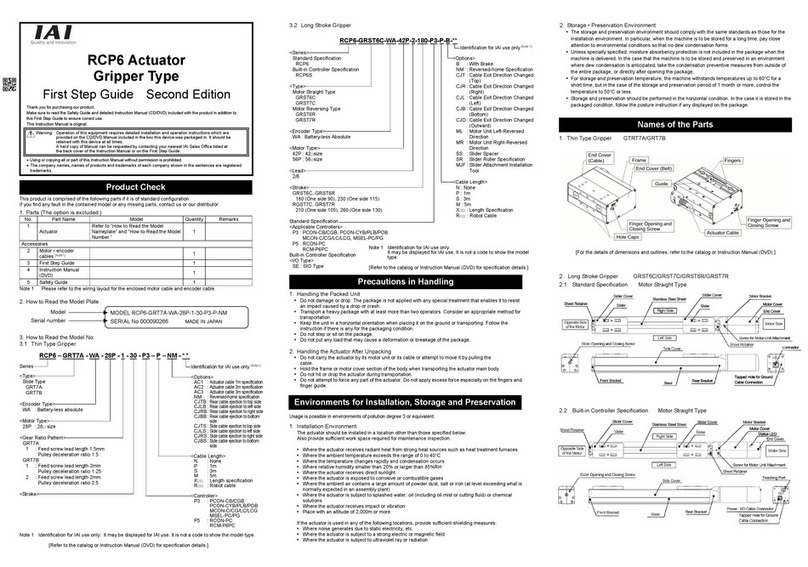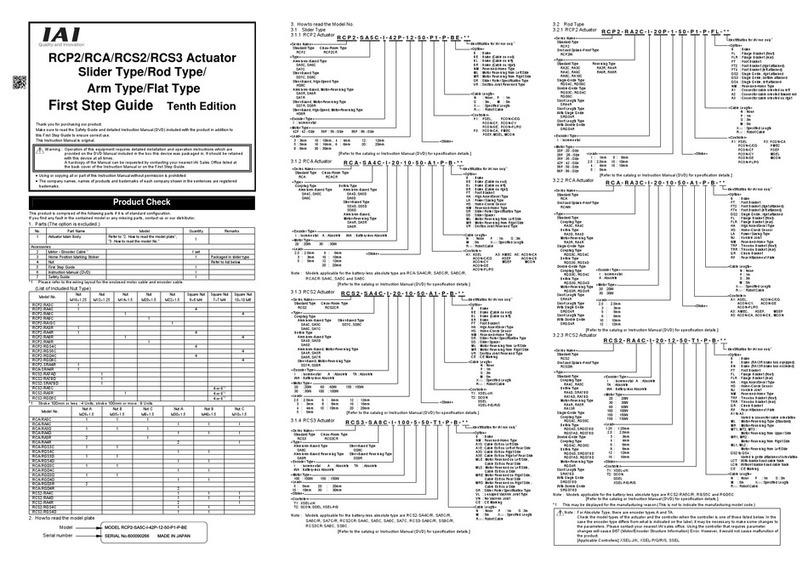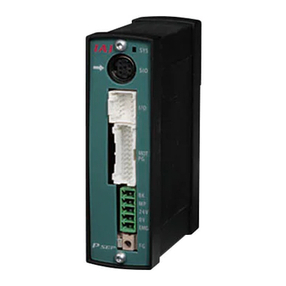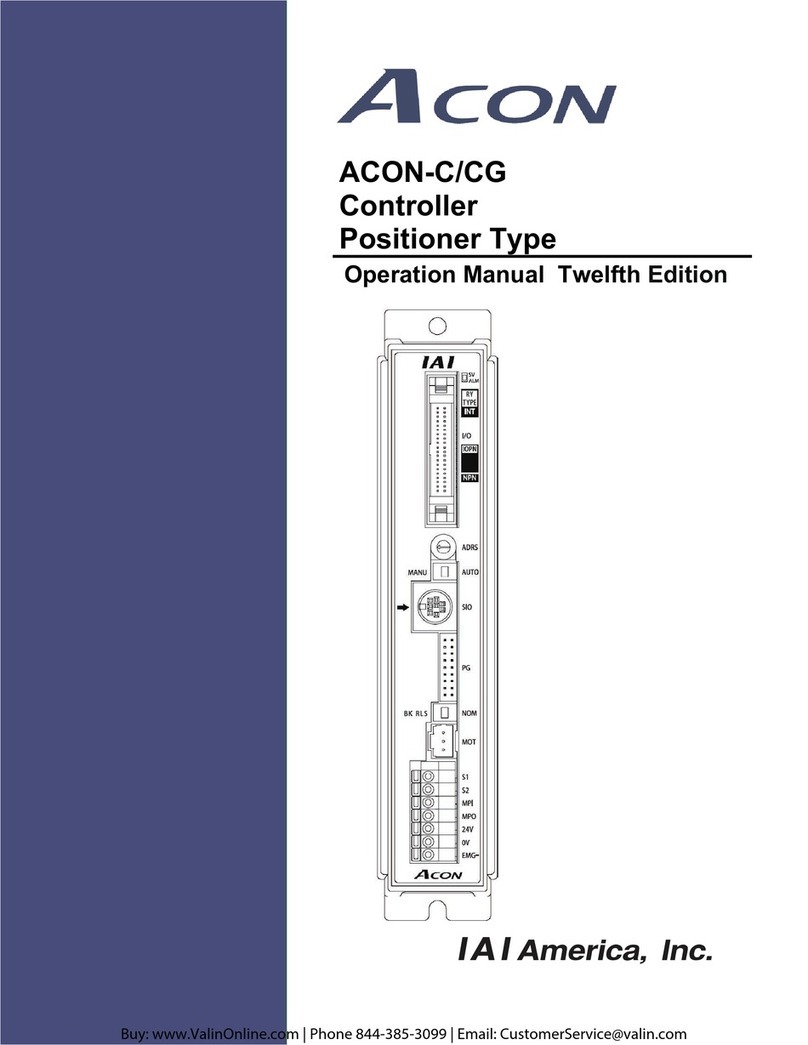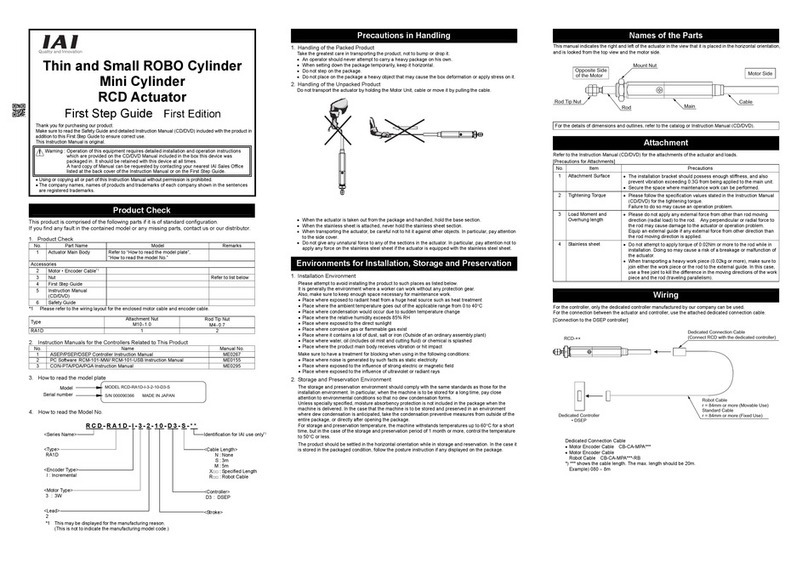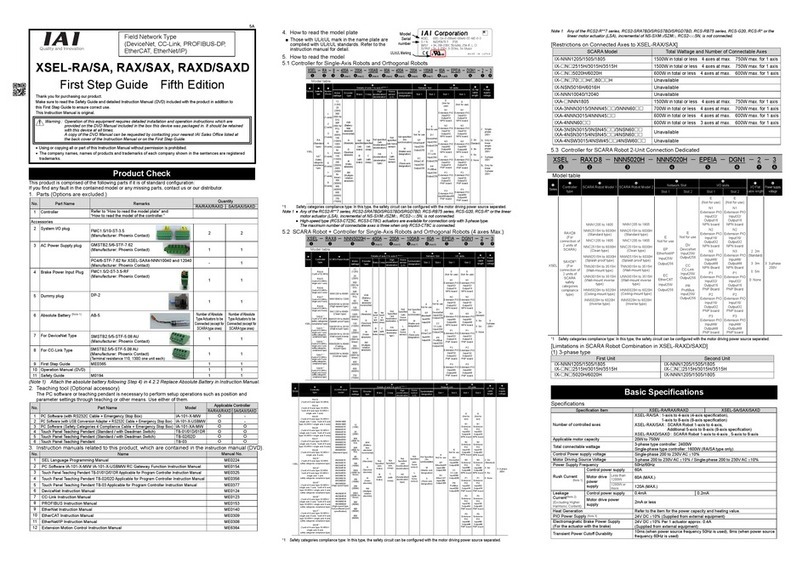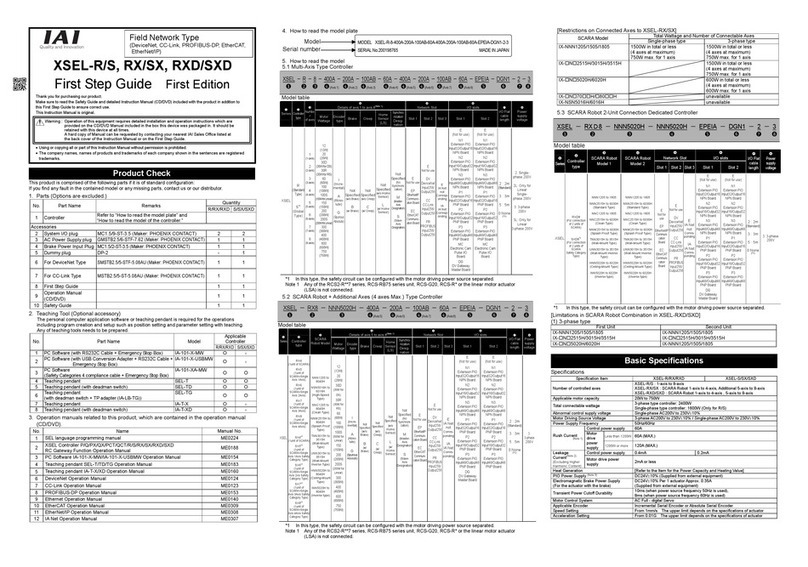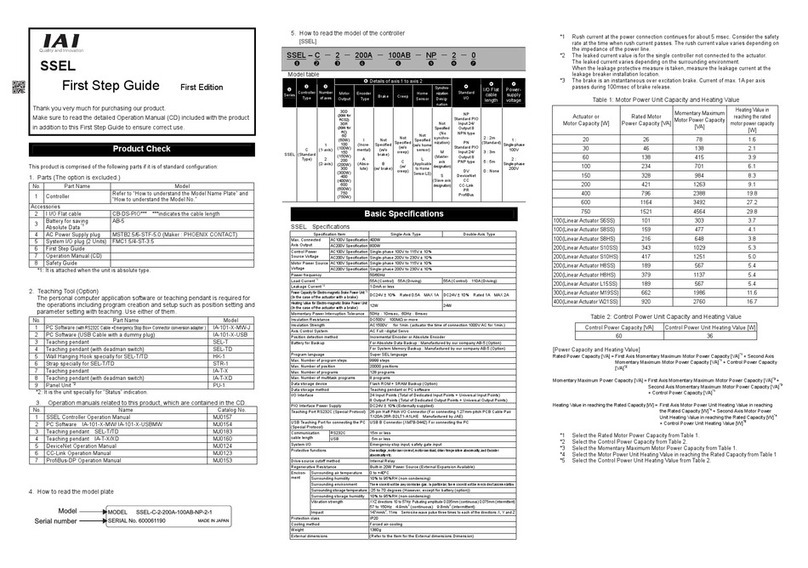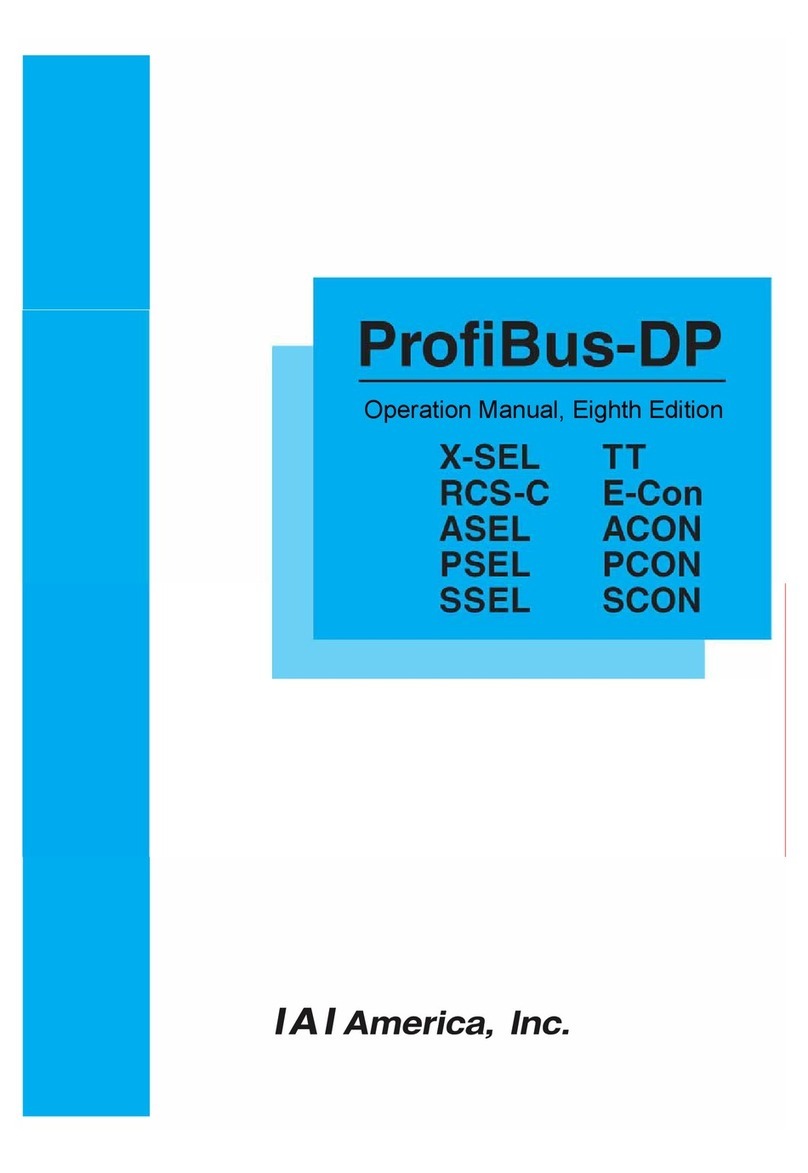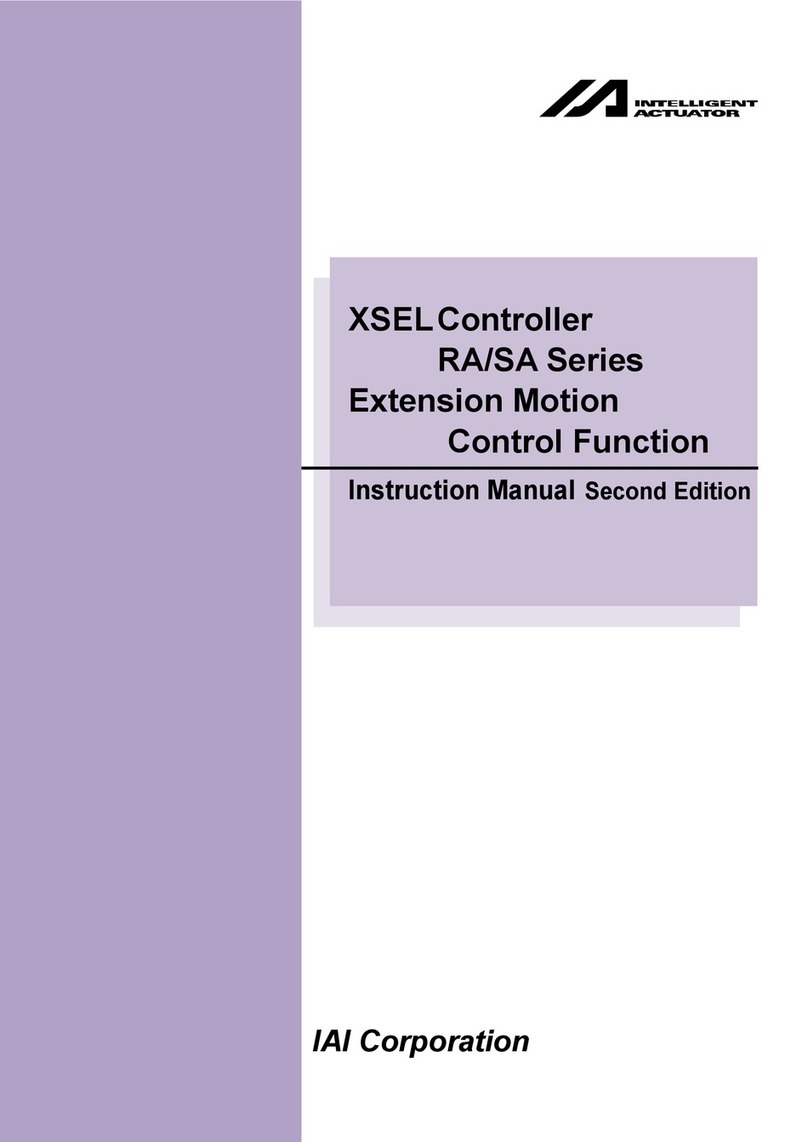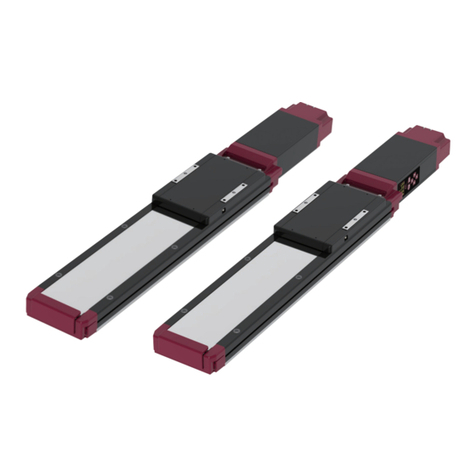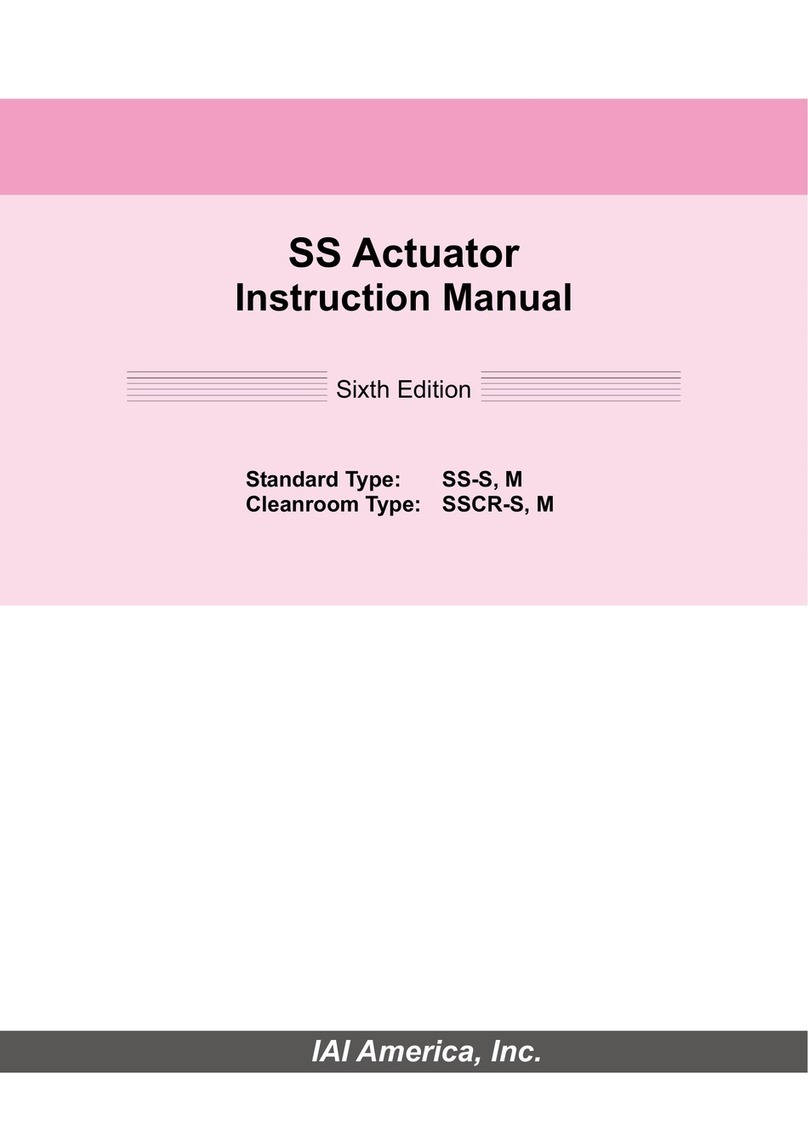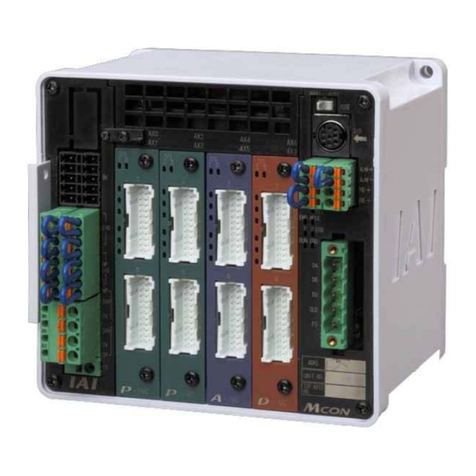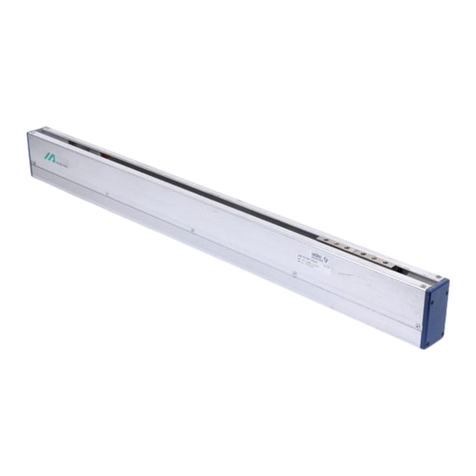
11. Common Items and Others .................................................................................................. 130
11.1 Communication Cable....................................................................................................... 130
11.2 Connection of Communication Cable Connector.............................................................. 131
11.3 Power Supply Connection and Terminal Resistor............................................................. 131
11.3.1 Power Supply Connection.......................................................................................... 131
11.3.2 Terminal Resistor....................................................................................................... 131
11.4 Useful Functions You Should Know When Adjusting an XSEL Controller........................ 131
12. EDS File ...............................................................................................................................132
Change History............................................................................................................................133
9.4 Setting of I/O Parameters.................................................................................................. 121
(1)Networktype setting................................................................................................... 121
(2)Node address............................................................................................................. 121
(3)I/O port assignments.................................................................................................. 121
(4)Networkerror monitor................................................................................................ 121
9.5 Assignment of I/O Port Numbers and DeviceNet Addresses ............................................ 124
(1)Basic example............................................................................................................ 124
(2) Using in the positioner mode...................................................................................... 125
10. Troubleshooting.................................................................................................................... 129
8. SCON-C ...............................................................................................................................107
8.1 Model.................................................................................................................................107
8.2 Interface Specifications......................................................................................................108
8.3 DeviceNet Interface...........................................................................................................109
8.3.1 Name of Each Part.....................................................................................................109
8.3.2 DIP Switch Settings....................................................................................................110
(1) Setting the node address (MAC ID)...........................................................................110
(2) Setting the baud rate..................................................................................................110
8.3.3 Monitor LED Indicators...............................................................................................111
8.4 Assignment of I/O Signals.................................................................................................112
8.5 Assignment of DeviceNet Addresses ................................................................................114
9. ASEL, PSEL and SSEL........................................................................................................115
9.1 Models ............................................................................................................................... 115
9.1.1 ASEL, PSEL...............................................................................................................115
9.1.2 SSEL..........................................................................................................................116
9.2 Interface Specifications......................................................................................................117
9.3 DeviceNet Interface...........................................................................................................118
(1) Name of Each Part.....................................................................................................118
(2)StatusLED indications...............................................................................................119
(3)DeviceNet connectors................................................................................................120
7.2 Interface Specifications.....................................................................................................100
7.3 DeviceNet Interface..........................................................................................................101
7.3.1 Name of Each Part....................................................................................................101
7.3.2 DIP Switch Settings...................................................................................................102
(1) Setting the node address (MAC ID)..........................................................................102
(2) Setting the baud rate.................................................................................................102
7.3.3 Monitor LED Indicators..............................................................................................103
7.4 Input/Output (I/O)..............................................................................................................104
(1) RCS-C signal assignments.......................................................................................104
(2) E-Con signal assignments........................................................................................105
